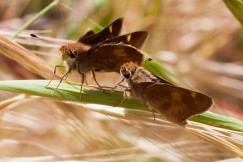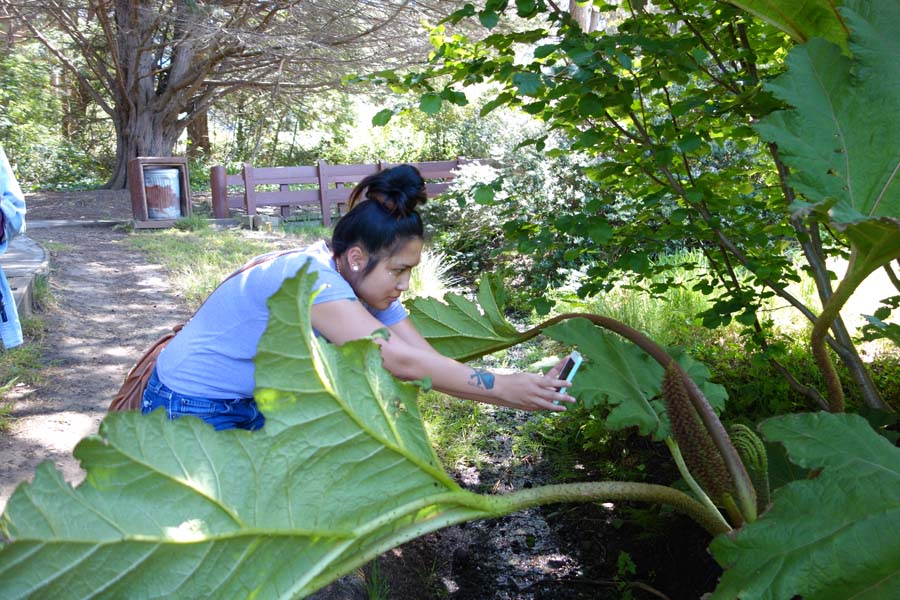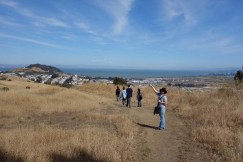On a sunny day in May when 60 people canvassed San Francisco’s McLaren Park and logged sightings of more than 200 species of plants and animals in just three hours, it seemed like a coming-of-age for smartphone-powered citizen science: At this point, just about anyone can do it and produce a remarkable quantity of usable data.
Traditional bioblitzes often include scientists intensively collecting specimens over a 24-hour period. That takes special equipment and, depending on the species and the park, special permits. A smartphone-powered bioblitz skips the specimens in favor of map coordinates and photos. Without the need for permits or special nets and traps, the McLaren Park Urban Bioblitz could be almost entirely grassroots, fueled by two all-volunteer groups, Nerds for Nature (which I helped found) and Save McLaren Park, with major assists from iNaturalist.org and Bay Nature Institute.
“In terms of research on biodiversity and biogeography, like distribution of bird species, this data is extremely valuable,” said Scott Loarie, iNaturalist’s codirector and a research fellow at Stanford. Before the blitz, Loarie had checked existing museum records for biological specimens collected at McLaren park and found almost none. “We were able to gather orders of magnitude more observations in just a few hours compared to 25 specimens in the history of collecting.”
Using iNaturalist’s mobile app, the group flew through the 300-acre park in three hours and racked up more than 1,250 sightings. The near ubiquity of smartphones is what makes an event like this possible: Just about everyone is walking around with a device capable of things that, a decade ago, would have been the purview of professionals with an armload of gadgets, and people are so comfortable using map and photo apps that there’s almost no training required. (Correctly identifying species is another matter, but luckily iNaturalist has a good online community that helps out with that.)


